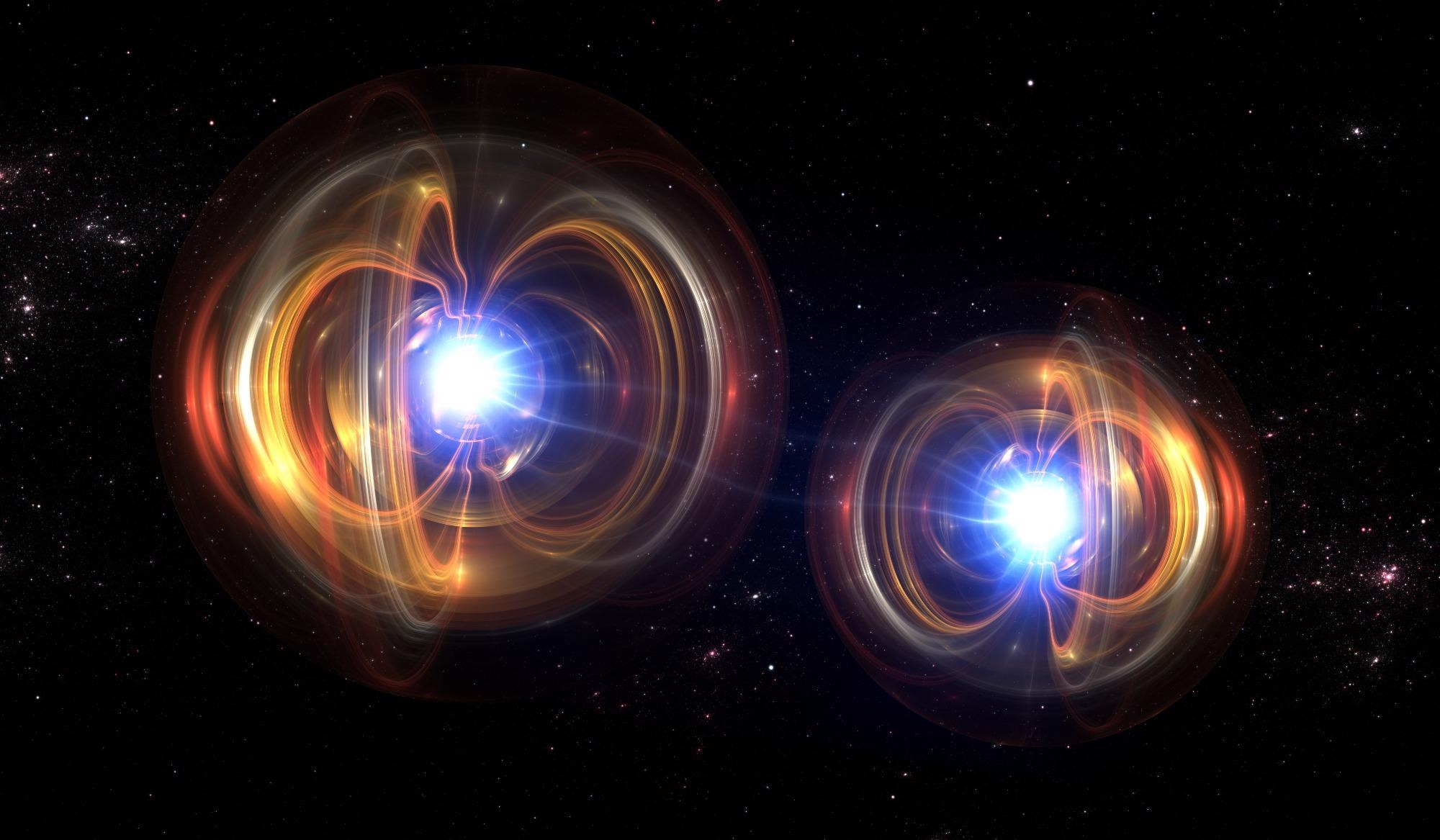A group of INRiM scientists, in collaboration with Oxford University, establishes the compatibility between quantum mechanics’ time-reversal symmetric laws and irreversibility. The study was published in the American Physical Society’s Physical Review Letters.

Image Credit: Shutterstock.com/Jurik Peter
The topic of irreversibility has been handled in different ways, ranging from statistical mechanics methods to data-theoretic explanations of logically irreversible tasks, in addition to classical and quantum thermodynamics second laws. However, there has always been a concern at the microscopic scale between the irreversible phenomena modelization and the time-reversible quantum laws.
According to this study, irreversibility has been put forth as the fact that a transformation T could be recognized subjectively well by a cyclic machine; however, the same is not possible for T~ (inverse of T). A perfect example of the irreversibility is specified by Joule’s experiment: a volume of water can only be mechanically heated, but cannot be cooled down.
The idea of a cyclic machine going through a transformation was generalized to a constructor by von Neumann. According to the generalization, a system is capable of performing a specific task on another system while remaining capable of repeating the method.
Thus, a transformation can exist only if there is a constructor capable of realizing it. In this research, the irreversibility, according to Joule’s experiment’s generalization, is called constructor-based irreversibility.
To reveal the compatibility between this recently characterized irreversibility and the time-reversal-symmetric laws of quantum mechanics, the team studied a qubit-based toy model centered on the quantum homogenizer, which is a machine that is composed of a set of N qubits — each prepared identically in a particular state.
Interacting with the N qubits of the homogenizer through consequent partial SWAPs (quantum gates capable of partially swapping the states of two qubits), the state of a particular qubit Q can be adiabatically transformed into the homogenizer one, simultaneously prompting a small change in the machine.
If the T is the “pure-to-mixed” transformation — the one where Q transforms from a pure state to a maximally mixed one—it can be evidenced that this quantum homogenizer fulfills the conditions to be regarded as a proper constructor, whereas the same is not possible for the one realizing T~ (in the “mixed-to-pure” scenario).
This implies that even if T is possible, its counterpart T~ is not. Therefore, the team has recovered irreversibility even in a case demonstrated by time-reversible laws.
To quantitatively exhibit this, the team experimented with high-accuracy single-photon qubits, produced by a low-noise prototype source at 1550 nm expelling fiber-coupled single photons.
The interaction between qubit Q and an N = 3 quantum homogenizer was acquired by cascading three 50:50 fiber beam splitters, for which the outputs are identified by InGaAs/InP single-photon avalanche diodes. Lastly, the outputs of the detectors are directed to a time-tagging coincidence module.
Using this setup, the team examined the quantum homogenizer performances for various intensities of the partial SWAP gate. As a result, it evaluated the machine’s accuracy for both T and T~ in the task realization and its resilience to frequent usages.
With this experiment, scientists established their theoretical predictions and numerical simulations. Through this, they exhibited that when the quantum homogenizer for T can be suitable as a constructor, the one for T~ declines too quickly, ultimately not being capable of performing such a transformation.
This could be considered as solid evidence of the compatibility between constructor-based irreversibility and quantum theory time-reversible laws, which offers a new perspective on the thermodynamical irreversibility emergence in a quantum mechanical framework.
Journal Reference:
Marletto, C., et al., (2022) Emergence of Constructor-Based Irreversibility in Quantum Systems: Theory and Experiment. Physical Review Letters. doi.org/10.1103/PhysRevLett.128.080401.